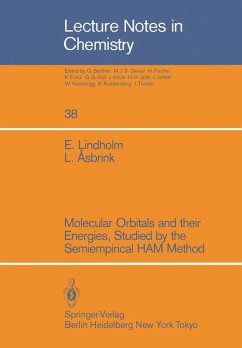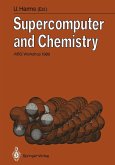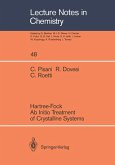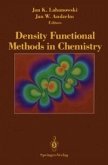This treatment of molecular and atomic physics is primarily meant as a textbook. It is intended for both chemists and physicists. ·It can be read without much knowledge of quantum mechanics or mathematics, since all such details are explained-. It has developed through a series of lectures at the Royal Institute of Technology. The content is to about 50 % theoretical and to 50 % experimental. The reason why the authors, who are experimentalists, went into theory is the following. When we during the beginning of the 1970's measured photo electron spectra of organic molecules, it appeared to be impossible to understand them by use of available theoretical calculations. To handle hydrocarbons we ( together with C. Fridh ) constructed in 1972 a purely empirical procedure, SPINDO [1] which has proved to be useful, but the extension to molecules with hetero atoms appeared to be difficult. One of us ( L.A.) proposed then another purely ~~E!E!~~! EE2~~~~E~ ( Hydrogenic Atoms in Molecules, HAM/1, unpublished), in which the Fock matrix elements f5..y were parametrized using Slater's shielding concept. The self-repulsion was compensated by a term "-1". The §~~2~~_~ff2E~, HAM/2 [2] , started from the total energy E:. of the molecule. The atomic parts of L used the Slater shielding constants, and the bond parts of E. were taken from SPINDO. The Fock matrix elements Fpv were then obtained from E in a conventional way.
Dieser Download kann aus rechtlichen Gründen nur mit Rechnungsadresse in A, B, BG, CY, CZ, D, DK, EW, E, FIN, F, GR, HR, H, IRL, I, LT, L, LR, M, NL, PL, P, R, S, SLO, SK ausgeliefert werden.









